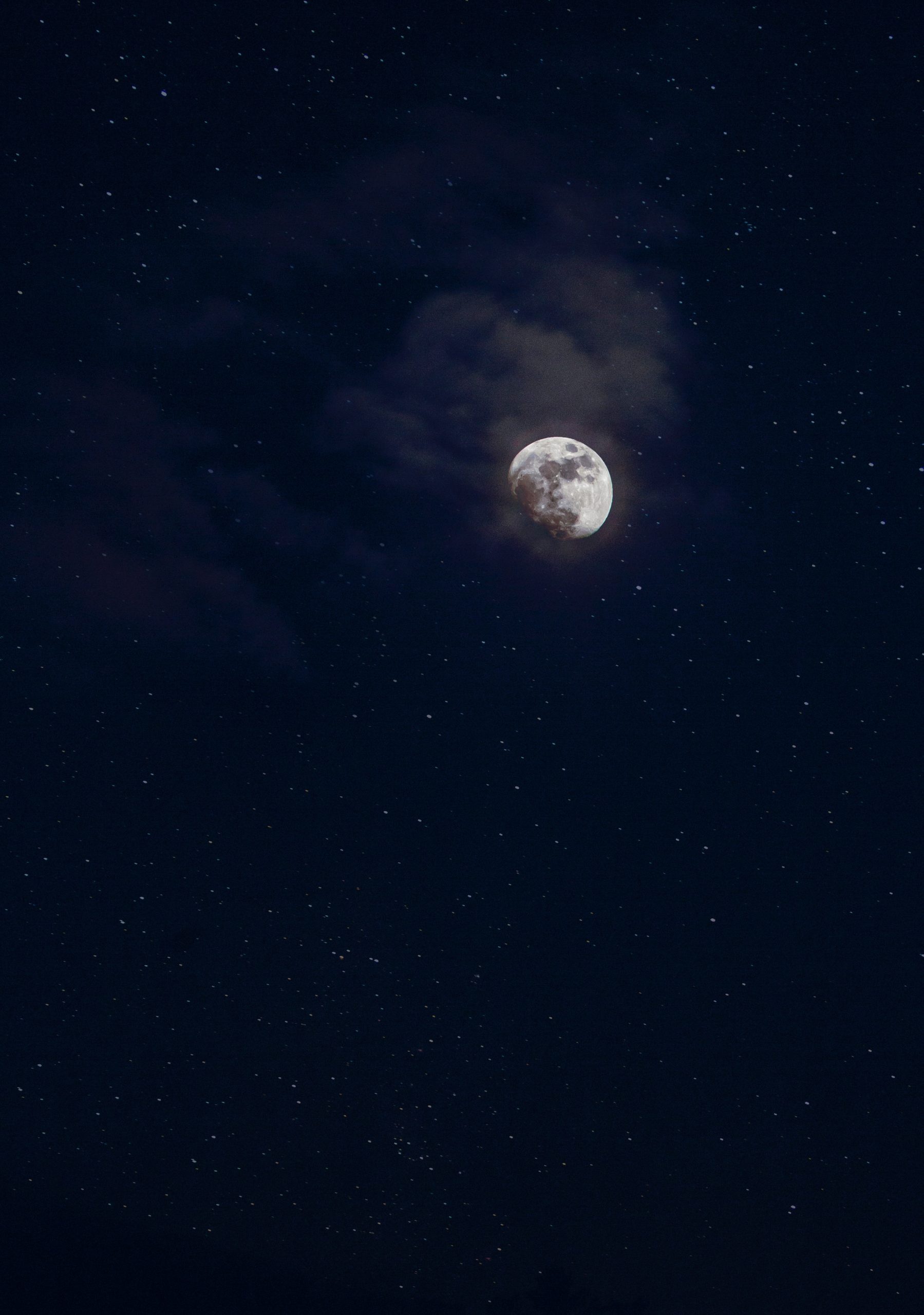The Moon’s Orbit Around Earth: Exploring the Intricate Dance of Celestial Bodies
Have you ever gazed at the night sky and wondered about the intricate movements of celestial bodies? One of the most captivating phenomena in the realm of astronomy is the moon’s orbit around Earth. The moon, our closest celestial neighbor, moves with a graceful rhythmic pattern, adding a touch of wonder to our nights. In this blog post, we will delve into the details of the moon’s orbit around Earth, exploring its characteristics, phases, and the forces that shape this celestial dance.
The Basics: Earth’s Natural Satellite
Prior to understanding the moon’s orbit, let’s start with the basics. Earth’s moon, often referred to as Luna, is the fifth-largest natural satellite in the solar system. Its average distance from Earth is about 238,855 miles (384,400 kilometers), which is roughly equivalent to traveling around the Earth’s equator nearly ten times.
The moon plays a crucial role in various aspects of life on Earth. It affects our planet’s tides, influences weather patterns, and even serves as a natural satellite that enables scientific research and exploration. Observing the moon’s orbit around Earth allows scientists and astronomers to uncover valuable information about our celestial neighborhood and the cosmos as a whole.
The Moon’s Path: Understanding Lunar Orbits
The moon’s orbit around Earth follows an elliptical path, meaning it is not a perfect circle. This elliptical shape results in a variation of the moon’s distance from Earth as it revolves around our planet. At its closest point, called perigee, the moon is around 225,623 miles (363,104 kilometers) away from Earth. On the other hand, at its farthest point, known as apogee, the moon is approximately 252,088 miles (405,696 kilometers) away.
The moon takes approximately 27.3 days to complete one orbit around Earth, which is equivalent to its rotational period. This period is known as a sidereal month. However, due to Earth’s orbit around the sun, the moon also undergoes a synchronic rotation, resulting in an additional 2.2-day period called the synodic month. This synodic month corresponds to the time elapsed between two identical lunar phases, such as two consecutive full moons or new moons.
Phases of the Moon: Illuminating the Night Sky
As the moon orbits Earth, its positions in relation to the sun and our planet create a mesmerizing cycle of lunar phases. The moon doesn’t emit light of its own; instead, it reflects the sun’s light, making it appear differently as it travels along its elliptical path.
The primary phases of the moon are:
- New Moon: During this phase, the moon is between the sun and Earth, with its dark side facing us. The moon is not visible from Earth.
- Waxing Crescent: In this phase, a small, crescent-shaped portion of the moon becomes visible.
- First Quarter: As the moon continues its orbit, exactly half of the moon becomes visible in this phase.
- Waxing Gibbous: More than half, but not all, of the moon’s visible surface is illuminated.
- Full Moon: In this phase, the entire surface of the moon that faces Earth is bathed in sunlight, giving it a round and luminous appearance.
- Waning Gibbous: Similar to the waxing gibbous phase, this phase shows more than half of the moon’s surface illuminated, but with a gradually decreasing illumination.
- Last Quarter: Half of the moon becomes visible as it continues its orbit.
- Waning Crescent: In this phase, only a small, crescent-shaped portion of the moon is visible, but with a decreasing illumination.
This cycle of phases repeats approximately every 29.5 days, giving us the familiar pattern of the moon’s illumination that enriches our nighttime experiences.
Gravitational Forces: Balancing the Lunar Dance
The moon’s orbit around Earth is primarily governed by the gravitational forces exerted by these two celestial bodies. Isaac Newton’s law of universal gravitation explains how the moon and Earth mutually attract each other.
A simplified way of understanding this interaction is by considering that the moon is constantly falling towards Earth. However, due to its tangential velocity, it continually misses Earth and keeps revolving around it. This delicate balance between the gravitational pull and the moon’s velocity creates a stable orbit.
Another factor influencing the moon’s orbit is the gravitational interaction between the sun and Earth. The sun’s gravitational pull also affects the moon’s orbit, causing slight variations over long periods.
Conclusion
As we conclude our exploration of the moon’s orbit around Earth, we can appreciate the intricate dance performed by these neighboring celestial bodies. The moon’s elliptical path, its various phases, and the gravitational forces at play contribute to the beauty and fascination associated with our lunar companion.
Studying the moon’s orbit around Earth not only deepens our knowledge of our immediate cosmic environment but also helps us comprehend the dynamic nature of the universe at large. So, the next time you find yourself contemplating the night sky and admiring the moon, take joy in knowing that you are witnessing the elegant choreography of celestial bodies that has captivated humanity for millennia.
Table of Contents
